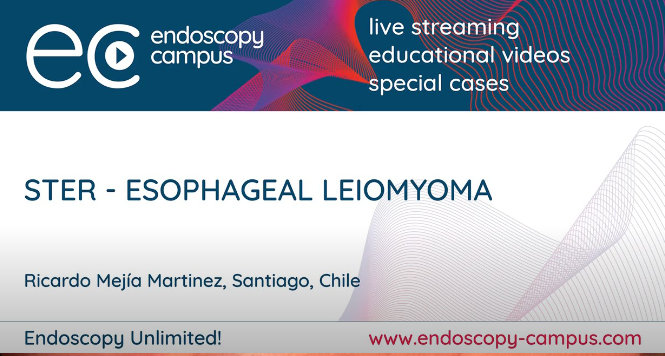Narrow-Band Imaging Is a Good Screening Modality for Esophageal Squamous Cell Cancer for Expert and General Endoscopists
Prateek Sharma, MD, FASGE, reviewing Gruner M, et al. Endoscopy 2021 Jul.
Those at high risk or with a prior history of esophageal squamous cell cancer (SCC) are recommended to undergo screening or surveillance using dye-based chromoendoscopy. Lugol’s iodine has been the go-to solution for performing chromoendoscopy, with nearly 100% sensitivity for detecting dysplastic lesions. More recently, narrow-band imaging (NBI) has been proposed as an alternate due to the ease of use and lack of adverse events related to dye spraying.
This multicenter, prospective, randomized, controlled trial included patients from 15 centers in France from multiple endoscopy settings, including tertiary referral centers, local hospitals, and private clinics. A total of 334 patients were randomized to either white-light endoscopy (WLE) plus Lugol chromoendoscopy (n=167; 91% male) or WLE plus NBI (n=167; 86.8% male) followed by Lugol chromoendoscopy (as the gold standard).
There were 106 suspicious lesions detected in the Lugol group, and 18 were histologically defined as dysplastic (14 cancers, 1 high-grade dysplasia [HGD], 3 low-grade dysplasia [LGD]). Of these, 11 lesions were identified during WLE, and 7 additional lesions were detected following Lugol staining. In the NBI group, 61 suspicious lesions were identified, 22 of which were SCC by histology. Lugol chromoendoscopy performed after NBI identified 9 additional neoplastic lesions (2 SCC, 2 HGD, 5 LGD). Using per-patient analysis, the sensitivity of Lugol was 100% (76.8%-100%), specificity 66.0% (57.9%-73.5%), positive predictive value (PPV) 21.2% (12.1%-33.0%), and negative predictive value (NPV) 100% (96.4%-100%). The sensitivity of NBI was 100% (81.5%-100%), specificity 79.9% (72.5%-86.0%), PPV 37.5% (24.0%-52.6%), and NPV 100% (96.9%-100%). The difference in specificity between the 2 arms was clinically significant (P=.002), and there was no significant difference in the incidence, size, or extent of dysplasia between the 2 groups.

COMMENTNBI-based optical chromoendoscopy can be used in lieu of Lugol dye spraying for screening patients at high risk for esophageal squamous cell cancer, even by general GI endoscopists. However, on a patient-based level, Lugol chromoendoscopy does improve the detection of synchronous lesions, particularly when a lesion has already been detected by NBI.
Note to readers: At the time we reviewed this paper, its publisher noted that it was not in final form and that subsequent changes might be made.
CITATION(S)
Gruner M, Denis A, Masliah C, et al. Narrow-band imaging versus Lugol chromoendoscopy for esophageal squamous cell cancer screening in normal endoscopic practice: randomized controlled trial. Endoscopy 2021;53:674-682. (https://doi.org/10.1055/a-1224-6822)


